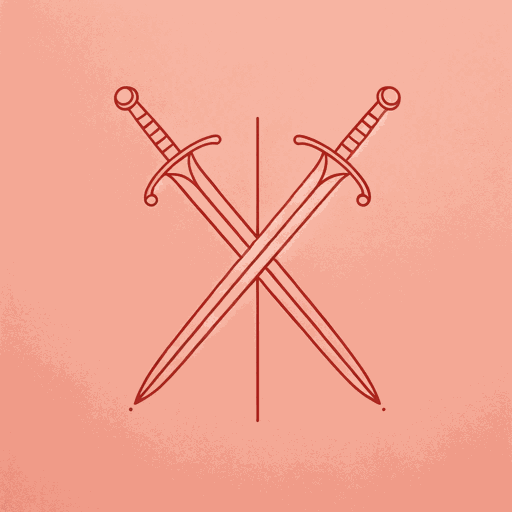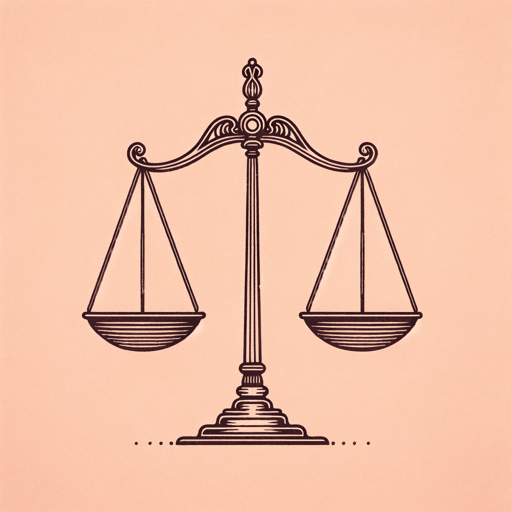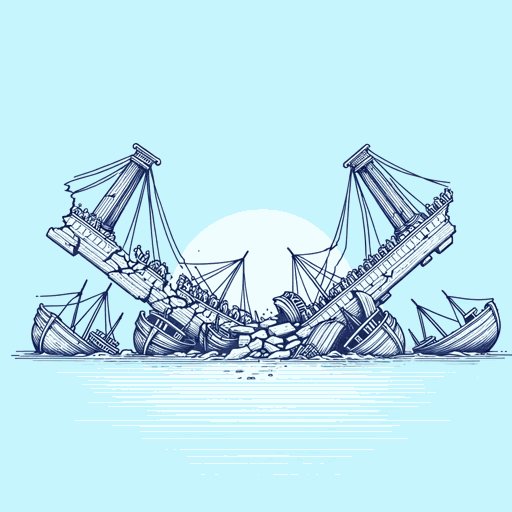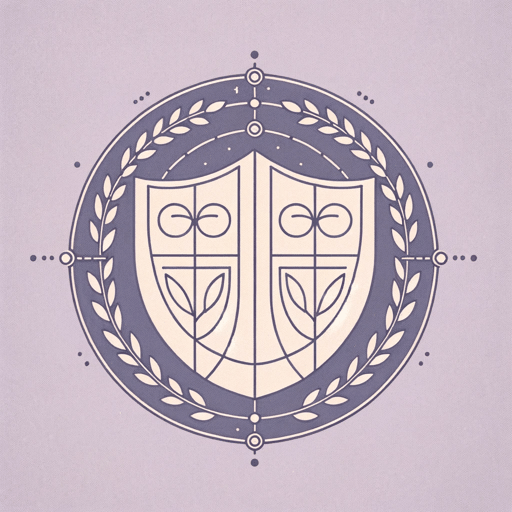36 pages • 1 hour read
AeschylusEumenides
Fiction | Play | Adult | Published in 458A modern alternative to SparkNotes and CliffsNotes, SuperSummary offers high-quality Study Guides with detailed chapter summaries and analysis of major themes, characters, and more.
Background
Literary Context: Eumenides and the Oresteia
Eumenides is the last part of the tragic trilogy known as the Oresteia. The Oresteia was first performed in 458 BCE, when it won first prize at the festival of Dionysus, an annual event in ancient Athens featuring a theatrical competition. The Oresteia—made up of the tragedies Agamemnon, Libation Bearers, and Eumenides—is the only complete trilogy to survive from ancient Greece (though the satyr play Proteus, meant to be performed after the three tragedies has unfortunately been lost). It is also a connected cycle, with each play building on a single mythical theme. In the Oresteia, the myth taken up by Aeschylus is the chain of events leading up to and following Agamemnon’s death. The play cycle begins with the murder of Agamemnon at the hands of his wife Clytemnestra and her lover Aegisthus (the subject of Agamemnon), the subsequent revenge carried out by Agamemnon’s son Orestes, who murders Clytemnestra and Aegisthus with the support of his sister Electra (the subject of Libation Bearers), and, finally, Orestes’s pursuit by the Furies and his eventual acquittal at the Areopagus court in Athens (the subject of Eumenides). The Oresteia, completed toward the end of Aeschylus’s highly successful career, attests to the playwright’s penchant for connected trilogies (significantly, the other two great Athenian tragedians, Sophocles and Euripides, almost never produced connected trilogies).
Related Titles
By Aeschylus
Featured Collections
9th-12th Grade Historical Fiction
View Collection
Ancient Greece
View Collection
Books on Justice & Injustice
View Collection
Dramatic Plays
View Collection
Guilt
View Collection
Philosophy, Logic, & Ethics
View Collection
Political Science Texts
View Collection
Revenge
View Collection
Sexual Harassment & Violence
View Collection







